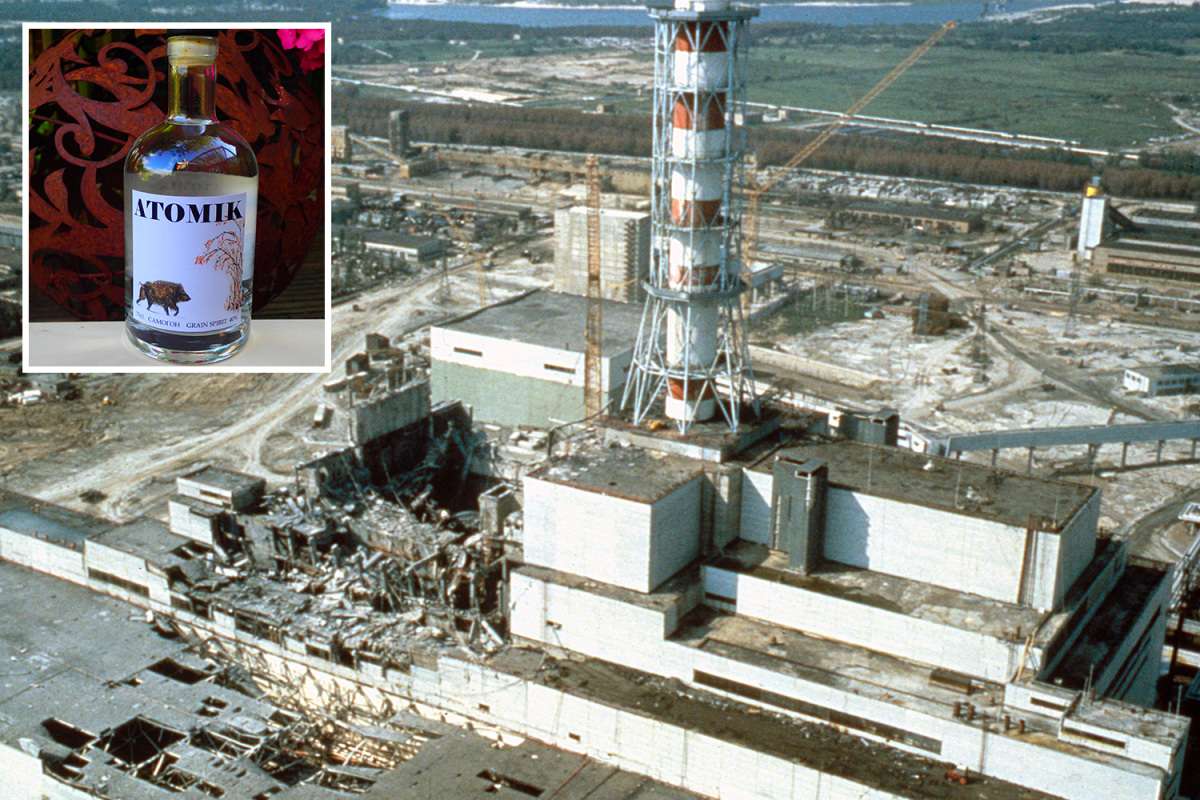A team of scientists from Ukraine and the University of Portsmouth that is being led by Professor Jim Smith has managed to distill an artisan ‘radioactive-free’ vodka. Why the reference to radioactivity? It has been made using ingredients from the Exclusion Zone that is located around the Chernobyl nuclear reactor site. It has been named Atomik and is the product of a three-year research.

The research was focused on how radioactive materials are transferred to crops in a disaster area. Back in 1986, one of the four nuclear reactors at the Chernobyl site was destroyed during a massive chemical explosion and subsequent fire. The Soviet military demarcated the quarantine zone to be 4,200 square kilometers and evaluated a vast majority of the population of 300,000. Currently, the area is a wildlife preserve that houses 197 persons that had refused to leave.

The most troublesome thing is that there is little to no economic activity in this area other than the decommissioning of the remaining three reactors and some enviro-tourism. Smith, however, claims that some areas can be used for limited cultivation beginning with spirits and Atomik is the outcome of that.

Smith said, ‘I think [Atomik] is the most important bottle of spirits in the world because it could help the economic recovery of communities living in and around the abandoned areas. Many thousands of people are still living in the Zone of Obligatory Resettlement where new investment and use of agricultural land is still forbidden.’

Smith is hoping to place Atomik on the market while making sure that 75% of the profits are given to the community living in the Exclusion Zone. The team worked using a $121,000 grant from the Natural Environmental Research Council to cater to the problem of radioactivity. The team took the grain cultivated in test plots situated in the Exclusion Zone and water from deep aquifers that are located about 6.2 miles from the reactor site and then utilized them for making Atomik.

The team admits that the initial mixtures did have strontium-90 present in a quantity that was enough to count as a radiation dose of more than 20 Bq/kg. However, the distillation process has helped the team to get rid of this. As of right now, there is the only a bottle of Atomik, but the Chernobyl Spirit Company is hopeful of commencing the production on an experimental scale.
Smith said, ‘We don’t think the main Exclusion Zone should be extensively used for agriculture as it is now a wildlife reserve. But there are other areas where people live, but agriculture is still banned. Thirty-three years on, many abandoned areas could now be used to grow crops safely without the need for distillation. We aim to make a high-value product to support the economic development of areas outside the main Exclusion Zone where radiation isn’t now a significant health risk.’


